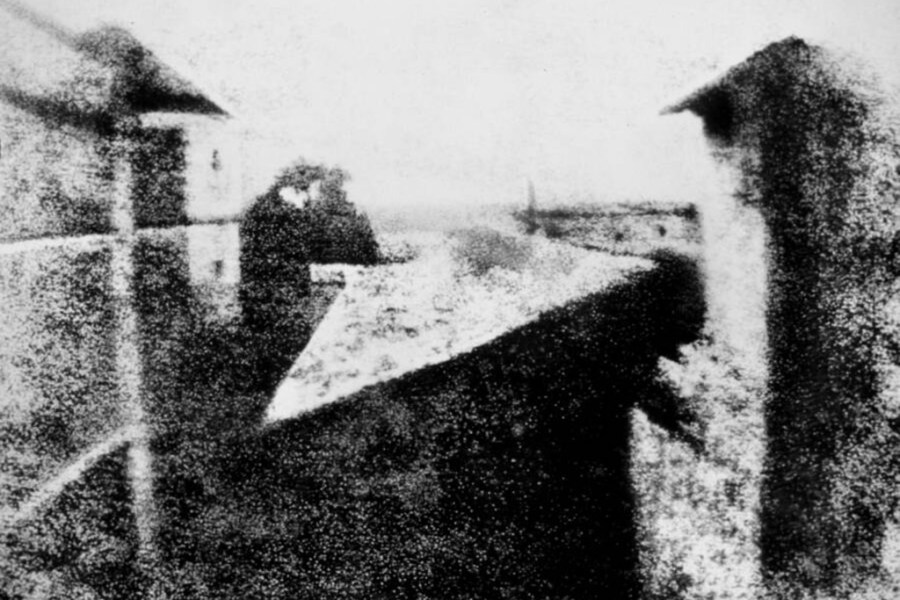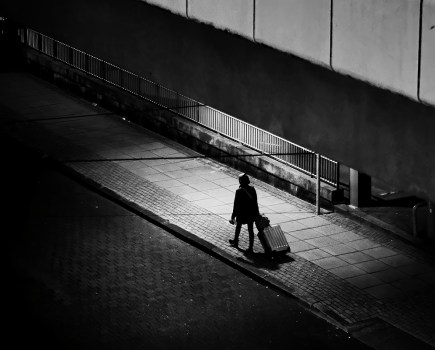The official invention of photography is hard to pin down, but it’s possibly 200 years old this year. Michael Pritchard takes a closer look at one of its pioneers, Joseph Nicéphore Niépce…
Inventions are rarely devised by one person or appear at a precise date. Often there are several individuals working to the same end, at different times and unaware of the others. Think of the motor car, telephone, personal computer or the cinema. Eventually one comes out ahead and is hailed as the ‘inventor’.
Coming up with a date when photography was ‘invented’ is a fraught exercise: 1727, 1802, 1826, 1834 and 1837, are all potential candidates. But like so many inventions photography has its origins in the work of many people working from the late eighteenth century and, of course, it depends on how one defines photography.
If you took a poll then 1839 would be the date that most people would say that photography was ‘invented’. That year was the culmination of several decades of work and it saw the announcement of two separate photographic processes: Frenchman Louis Daguerre’s daguerreotype and Britain’s Henry Talbot’s photogenic drawing process.
Of these Daguerre’s was by far the most successful commercially, leading to the growth of portrait studios as it, arguably, produced the better image. Daguerre’s process made a single image, Talbot’s produced a negative from which multiple positive prints could be made. It was Talbot’s process, which he patented as the Calotype in 1841, which formed the basis of photography, with later improvements, until the advent of digital photography from the 1990s.
Joseph Nicéphore Niépce
AP reader Jose Casas-Finet from the United States wrote to the editor recently suggesting that AP commemorate the two hundredth anniversary of photography. He suggested that 16 September 1824 was the first evidence of a photograph from life being made in a letter from Joseph Nicéphore Niépce to his older brother Claude.
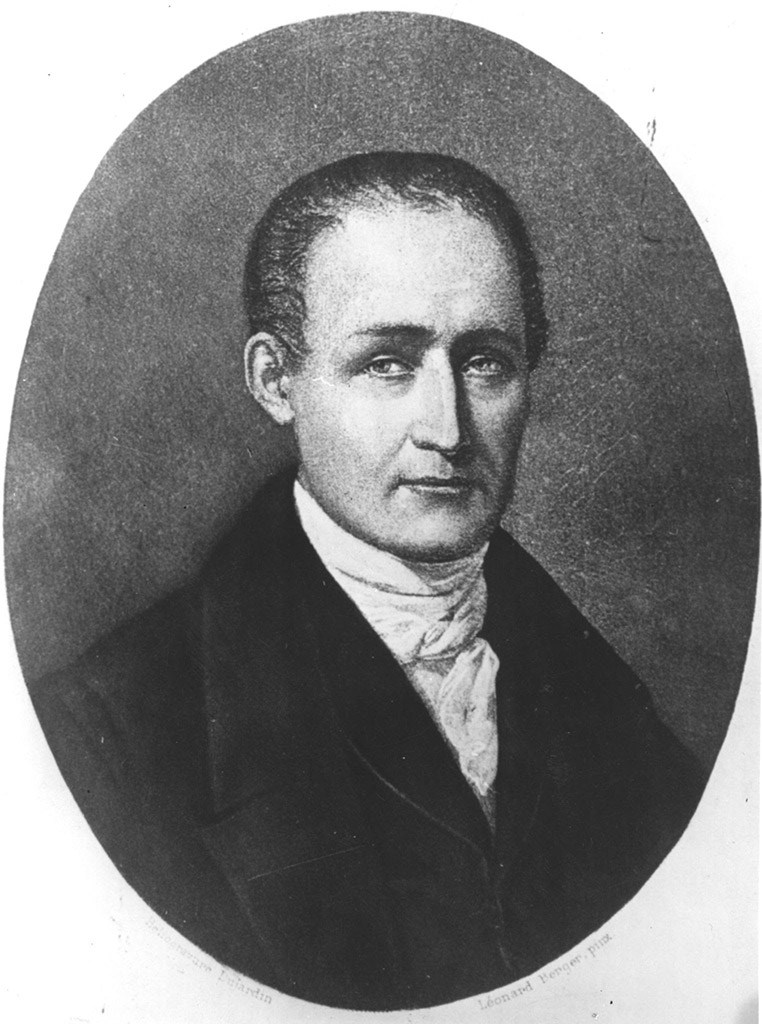
Niépce has a better claim than most for the invention of photography and his experiments in the 1820s helped Daguerre in his invention of the daguerreotype.
Nicéphore was born in to a well-to-do family in 1756. They owned land around Chalon-sur-Sôane in Burgundy, Eastern France. He considered a religious career but withdrew after two years, coming away with an interest in chemistry and science. After six years in the military, including service in the revolutionary army he settled in Nice where Claude joined him.
They returned to Chalon in 1801 and began developing a number of inventions based in engineering and science. One of these was an internal combustion engine which led to a motor boat which they tested on the river Sôane and called the Pyréolophone. It was patented in 1807and later work led to a fuel injection system. Other inventions followed: a hydraulic pump system to deliver water for Versailles in 1811, a process to extract indigo dye from woad, and a bicycle or velocipede.
Heliogravure
Nicéphore later claimed to have been experimenting with light-sensitive materials from 1797, but he began to work seriously with a camera obscura and light-sensitive in 1816. Using his knowledge of chemistry he succeeded in taking impressions out of a window on to paper using silver chloride. Talbot would start doing the same in the mid-1830s. Like Talbot, Niépce couldn’t fix his images and the paper quickly blackened.
Nicéphore realised that there was an opportunity to make images for printing and experimented with light-sensitive emulsions on stone and printing plates, with the intention of etching. This meant the fading of the images did not matter and an etched plate would allow multiple copies to be made with ink.
He used bitumen of Judea, which he had previously used as a fuel for his boat engine, and by 1822 he had managed to make a copy of an engraving of Pope Pius VII by putting his plate directly in to contact with it. By 1826 Niépce was able to make a copy of an engraving of Cardinal d’Ambroise and was able to print from this. Niépce’s plate is in the RPS Collection at the V&A Museum.
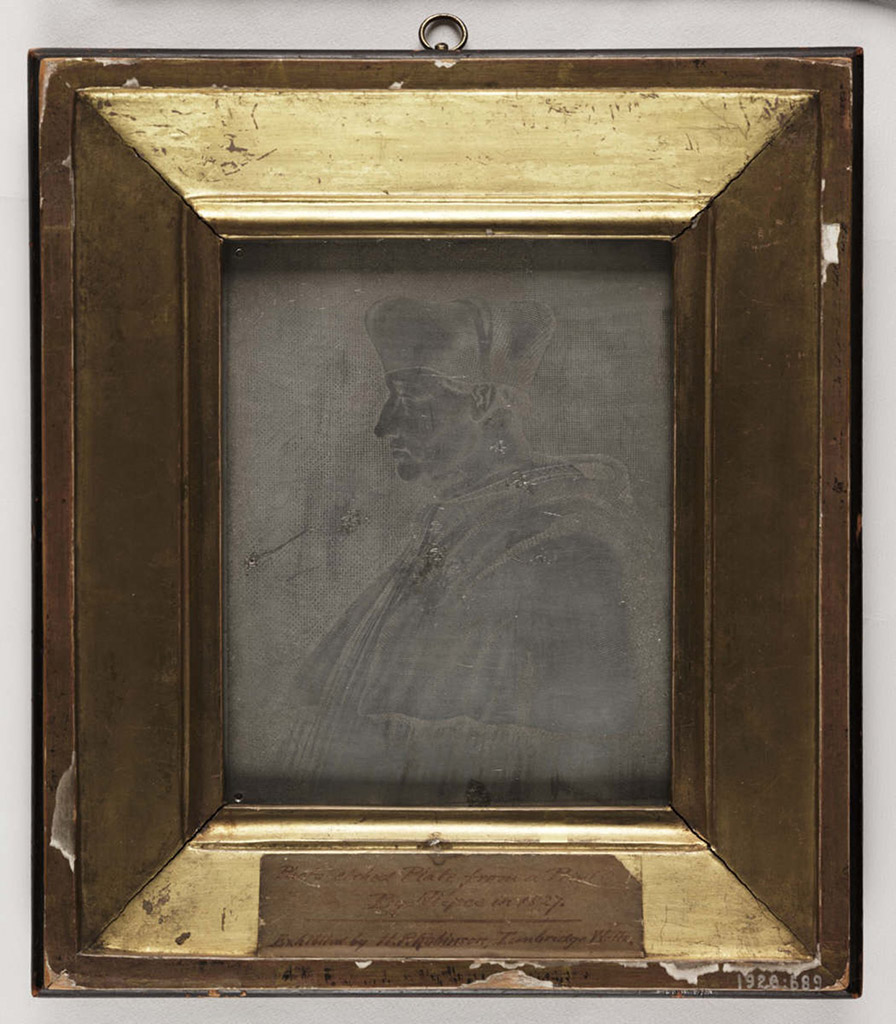
Proto-Photography
The next step for Niépce was to make an image from life, rather than simply copying engravings. And this brings us back to Jose’s proposed date for the invention of photography of 16 September 1824.
I checked with curator and photographic historian Julien Faure-Conorton in Paris. Julien had transcribed all Niépce’s letters and kindly provided me with an accurate English translation and his own comments.
In the letter to Claude, Nicéphore describes getting a view from life which he called ‘points of views’ using the camera obscura. He said the image had ‘surprising sharpness…down to the minutest details…and with their most delicate hues’ and he described the effect as ‘something magic’.
Nicéphore adds: ‘As from today, you can consider as a proven and unquestionable fact the success of the application of my processes to point of views, either on stone or on glass’. His method wasn’t perfect as the same letter says that the exposure was four to five days! Not practical for portraiture or anything much other than still lifes and landscapes! He also notes that the image was barely visible, so more work was needed. Sadly the results of these experiments no longer survive.
Despite these issues the 1824 letter provides us with evidence, albeit Nicéphore’s own words, that he had made an image from life, which he termed a heliograph.
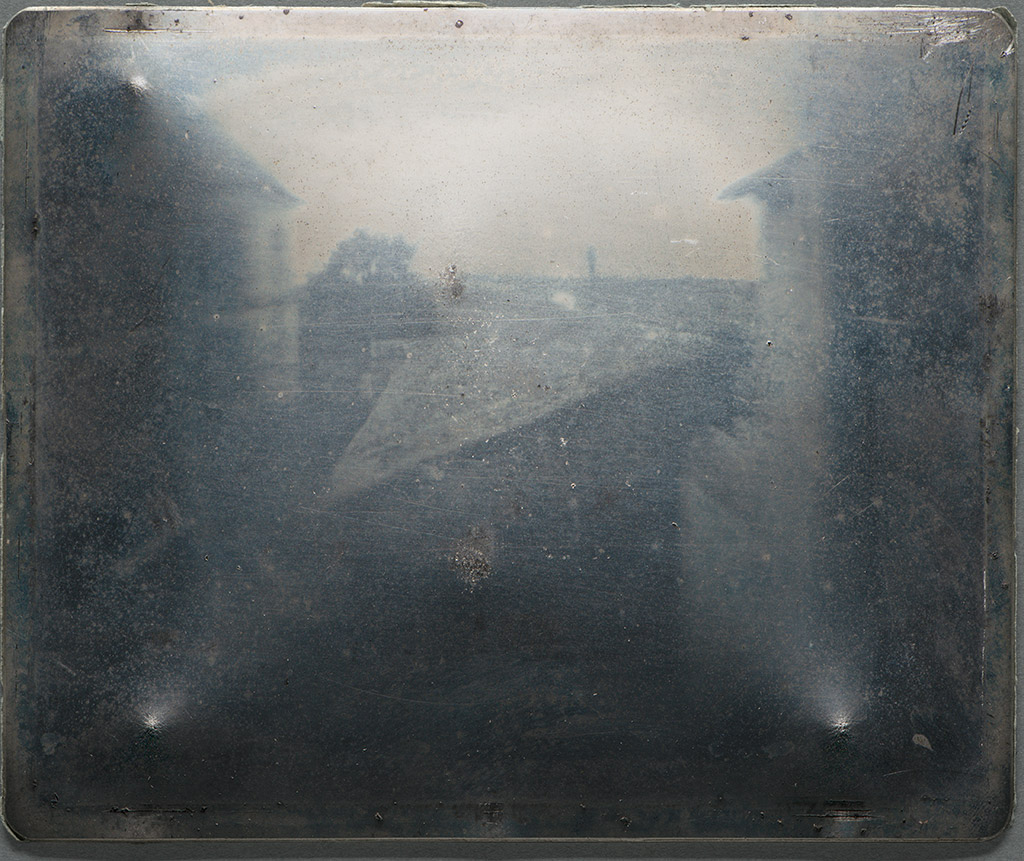
He carried on experimenting and obtained a better camera obscura and lenses from the Paris optician Chevalier. In 1827, he took another view from his window on to a pewter plate and that plate now titled View from the Window at Le Gras survives and is held as part of the Gernsheim Collection at the University of Texas, in Austin. Until recently it was termed the world’s first photograph, but curators believe it is more accurate to say that that it is the oldest surviving photograph from life.
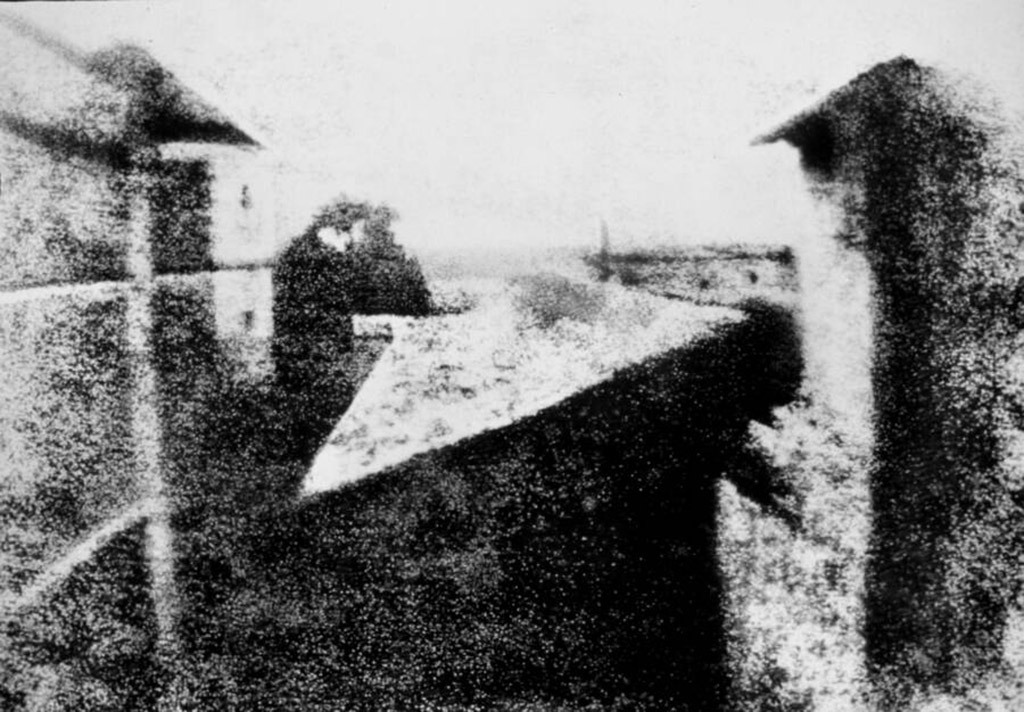
In 1829 Nicéphore and Daguerre, who had heard of his experiments probably from Chevalier, signed a ten-year partnership to perfect heliography. Then Niépce died suddenly in 1833. In 1835 the partnership was resumed with Niépce’s son, Isidore, although Daguerre made himself the dominant partner. Progress was made with what would became the daguerreotype showing potential and the partnership was further revised in 1837.
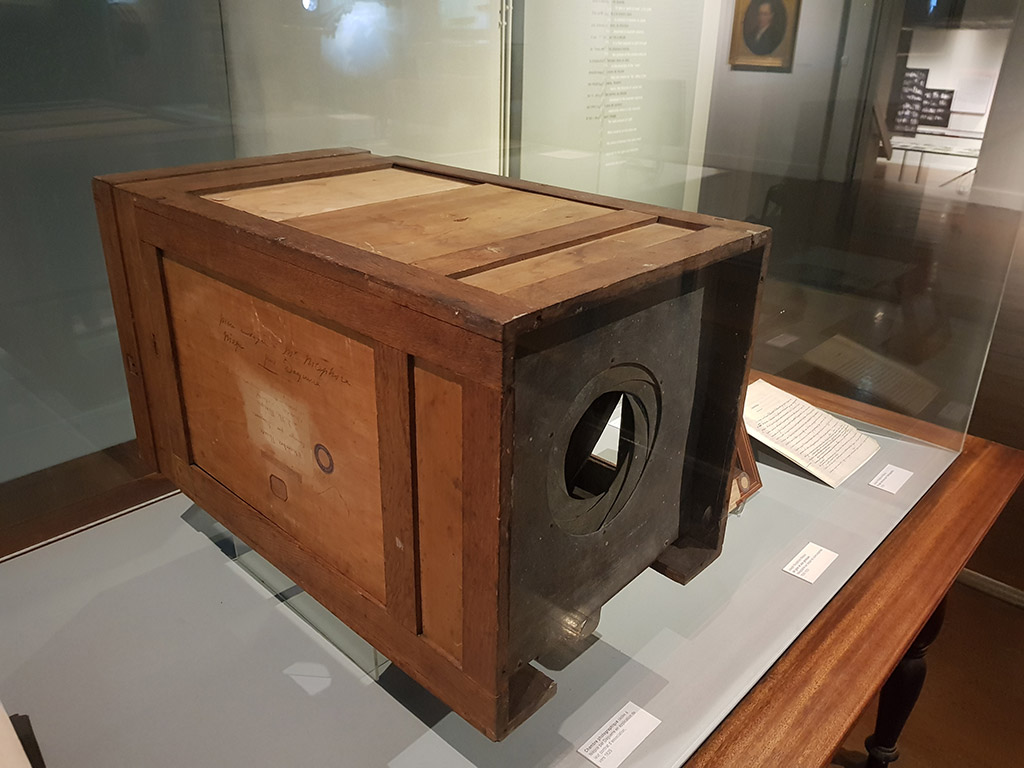
Aftermath
After the daguerreotype was announced in 1839 and given freely to the world, other than in England and Wales where it was patented, both Daguerre and Isidore received a pension from the French government.
Although Nicéphore and Claude did not make their fortunes from heliography as they hoped, Nicéphore’s experimentation in the 1820s paved the way for Daguerre to develop the daguerreotype. This saw phenomenal success across the world until it had been largely superseded by the late 1850s by Frederick Scott Archer’s collodion process which combined the best of the daguerreotype in terms of a clearly defined image, and the Calotype by producing a negative.

The date that Jose, AP’s reader proposed, seems as close as any to the invention of photography. Although Niépce’s process was not very practical, it underpinned Daguerre’s later experiments, but it would be another fourteen years before both the daguerreotype and photogenic drawing processes produced distinct images, that were permanent, and with much shorter exposure times.
As photographers we have much to be thankful to Joseph Nicéphore Niépce and to commemorate the 200th anniversary of his success, a vital step on photography’s invention.
Dr Michael Pritchard holds a PhD in the history of photography. He worked for the Royal Photographic Society from 2011-2023 and is now an independent photography consultant. www.mpritchard.com
Further reading:
- World’s best photo hoaxes
- Ilford Film: over 130 years of film photography
- Man on the Moon photo named most famous of all time
- Taylor Wessing Photo Portrait Prize 2024 shortlist announced
- Best photography exhibitions to see
Follow AP on Facebook, Twitter, Instagram, YouTube and TikTok.

